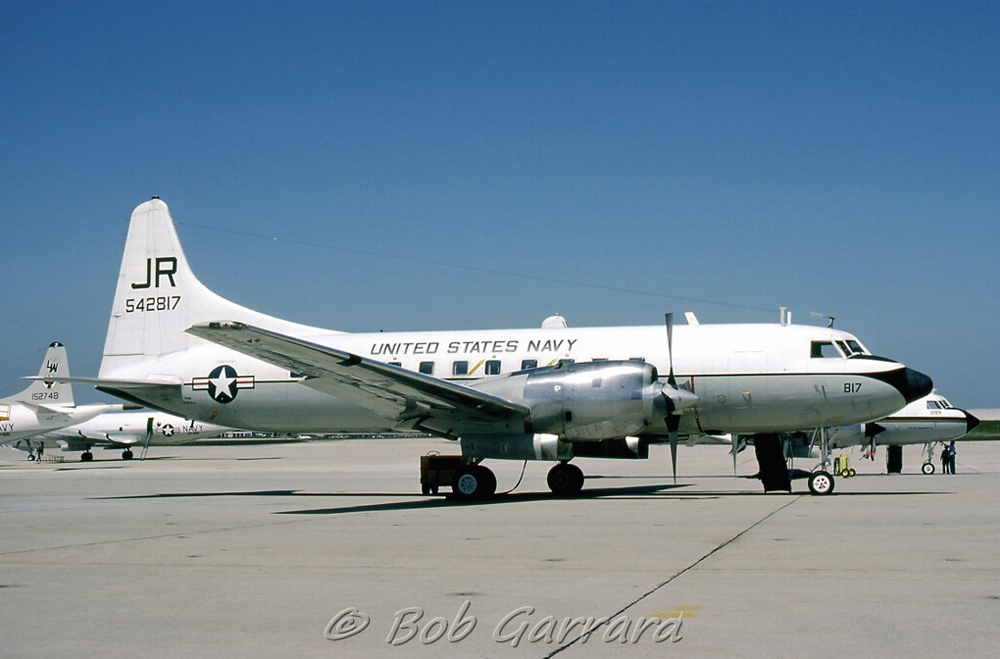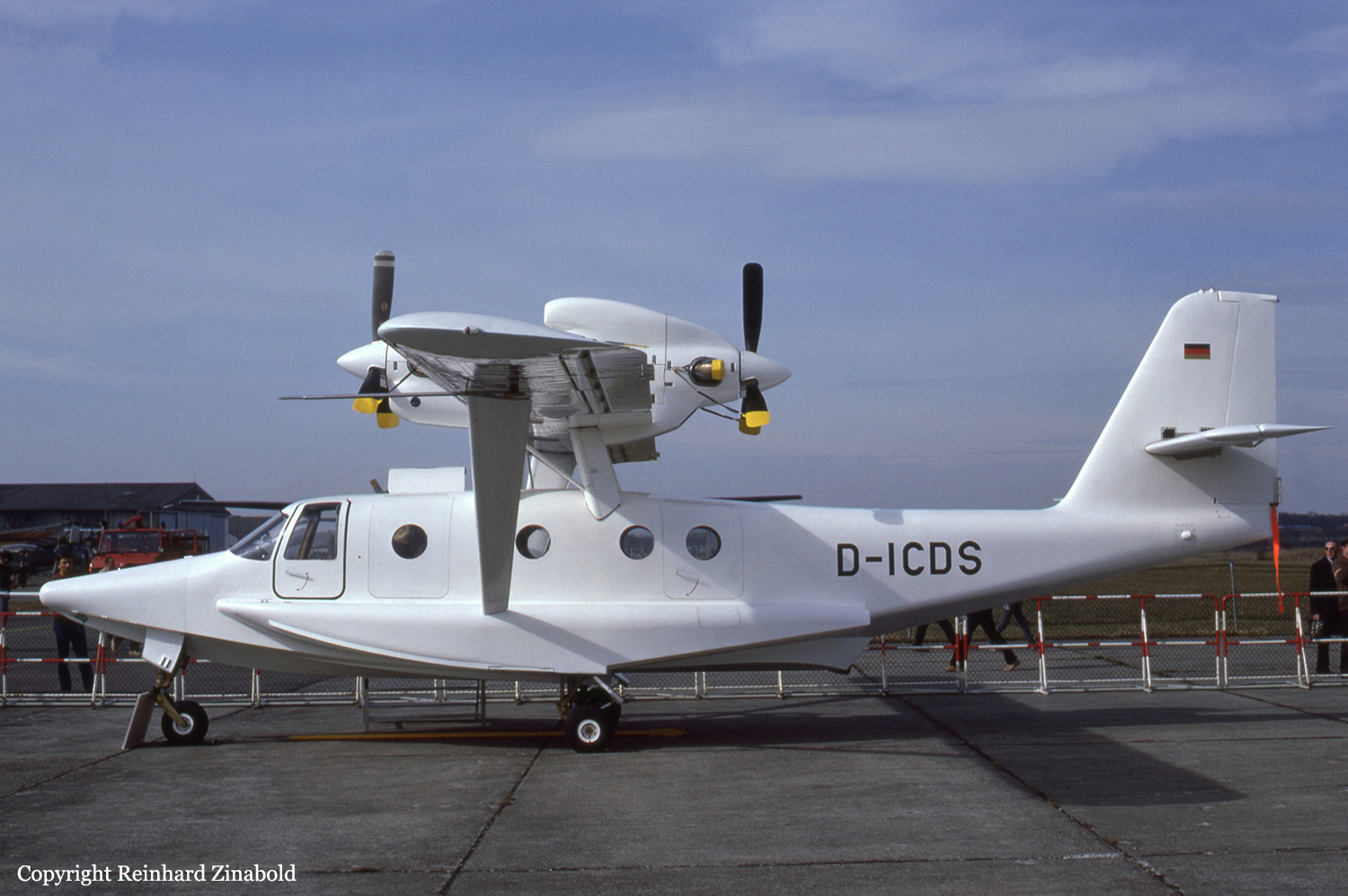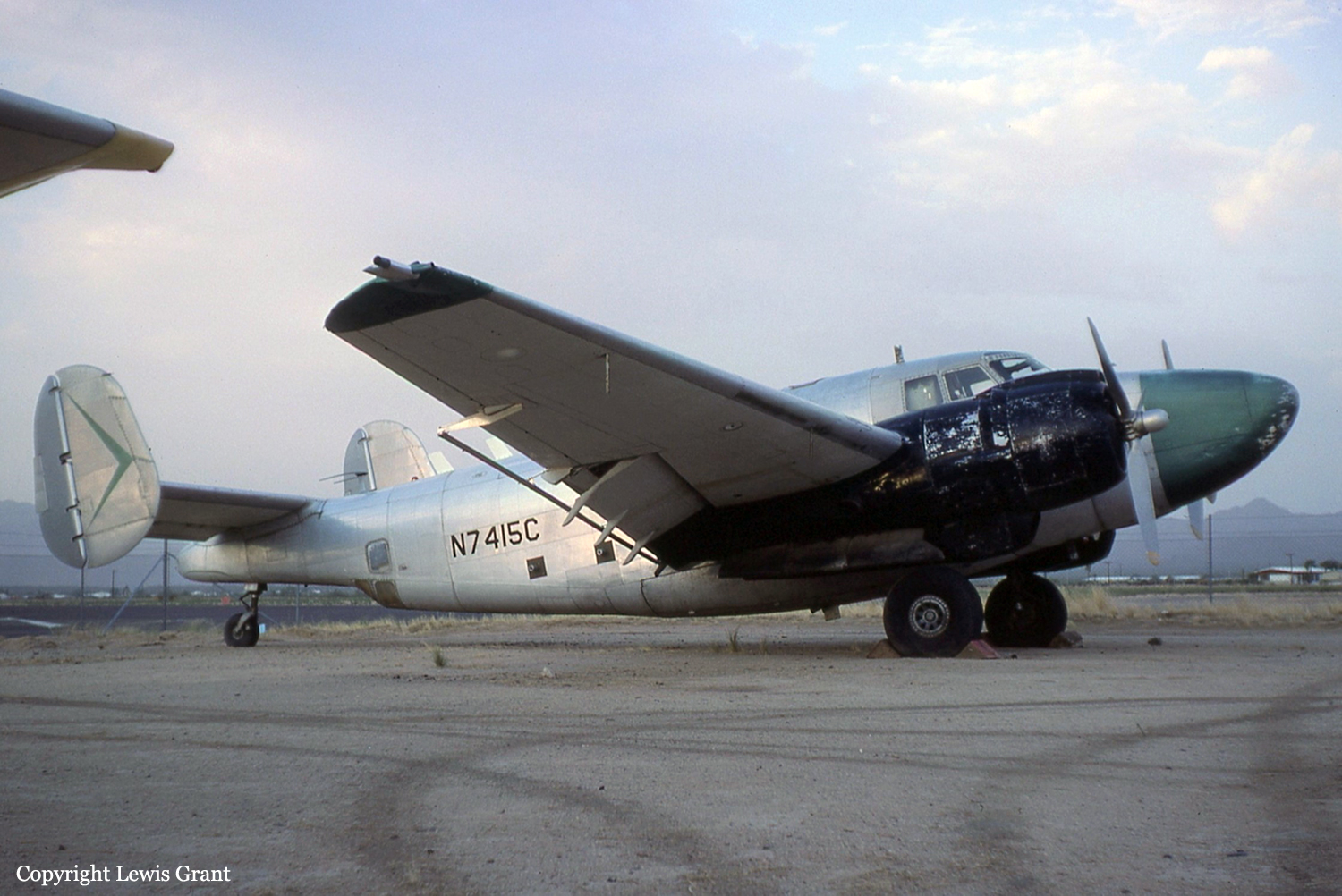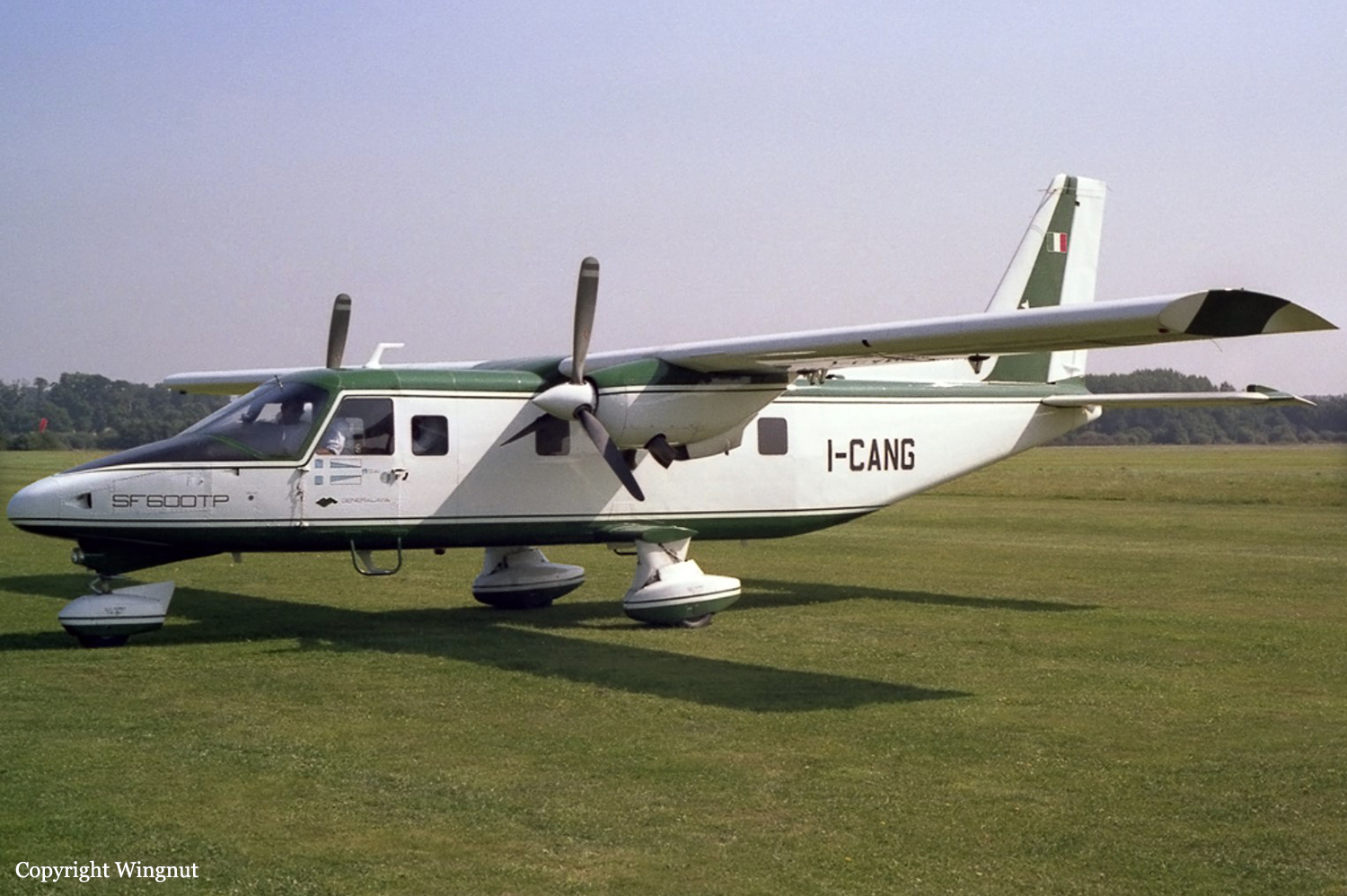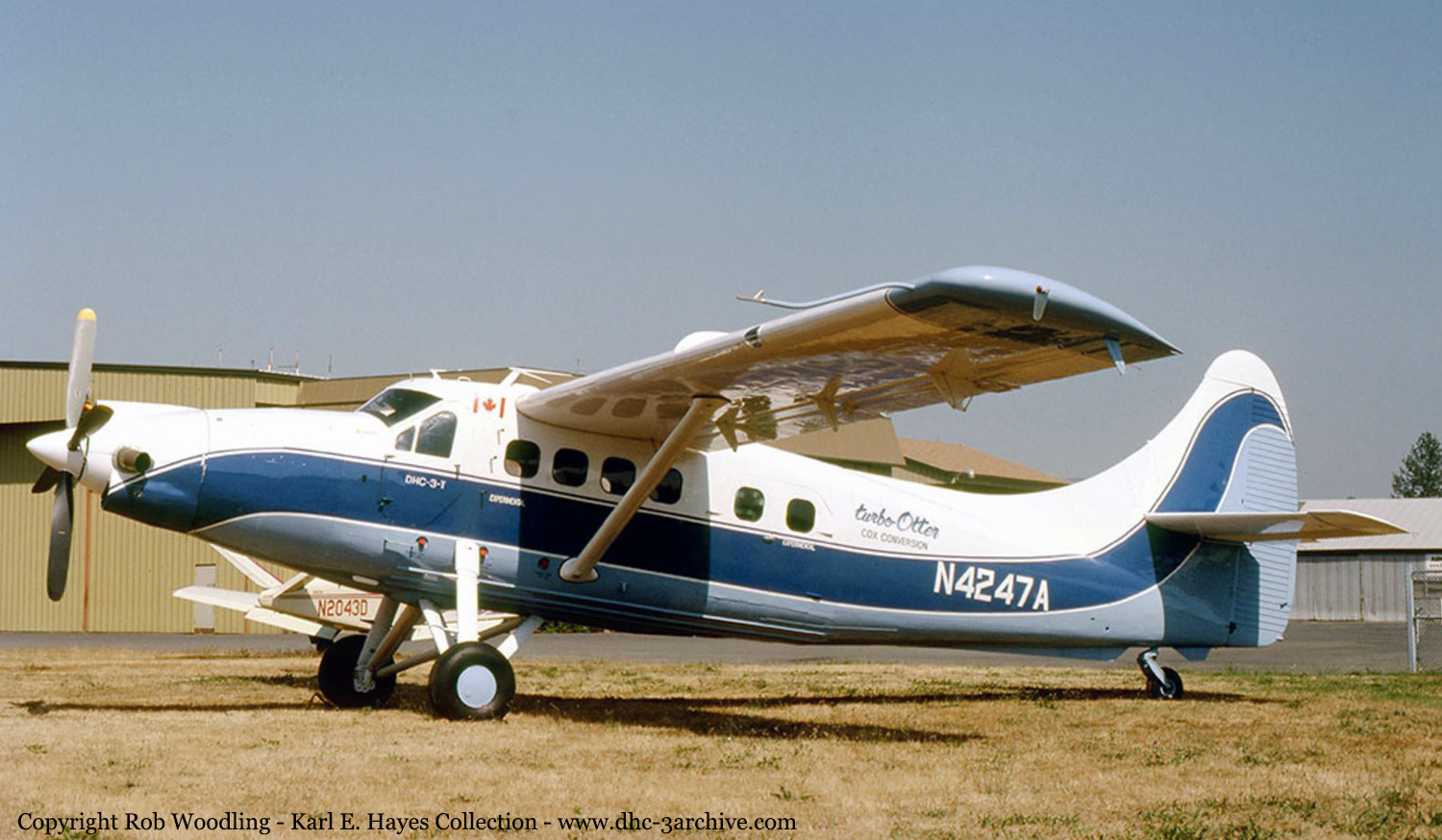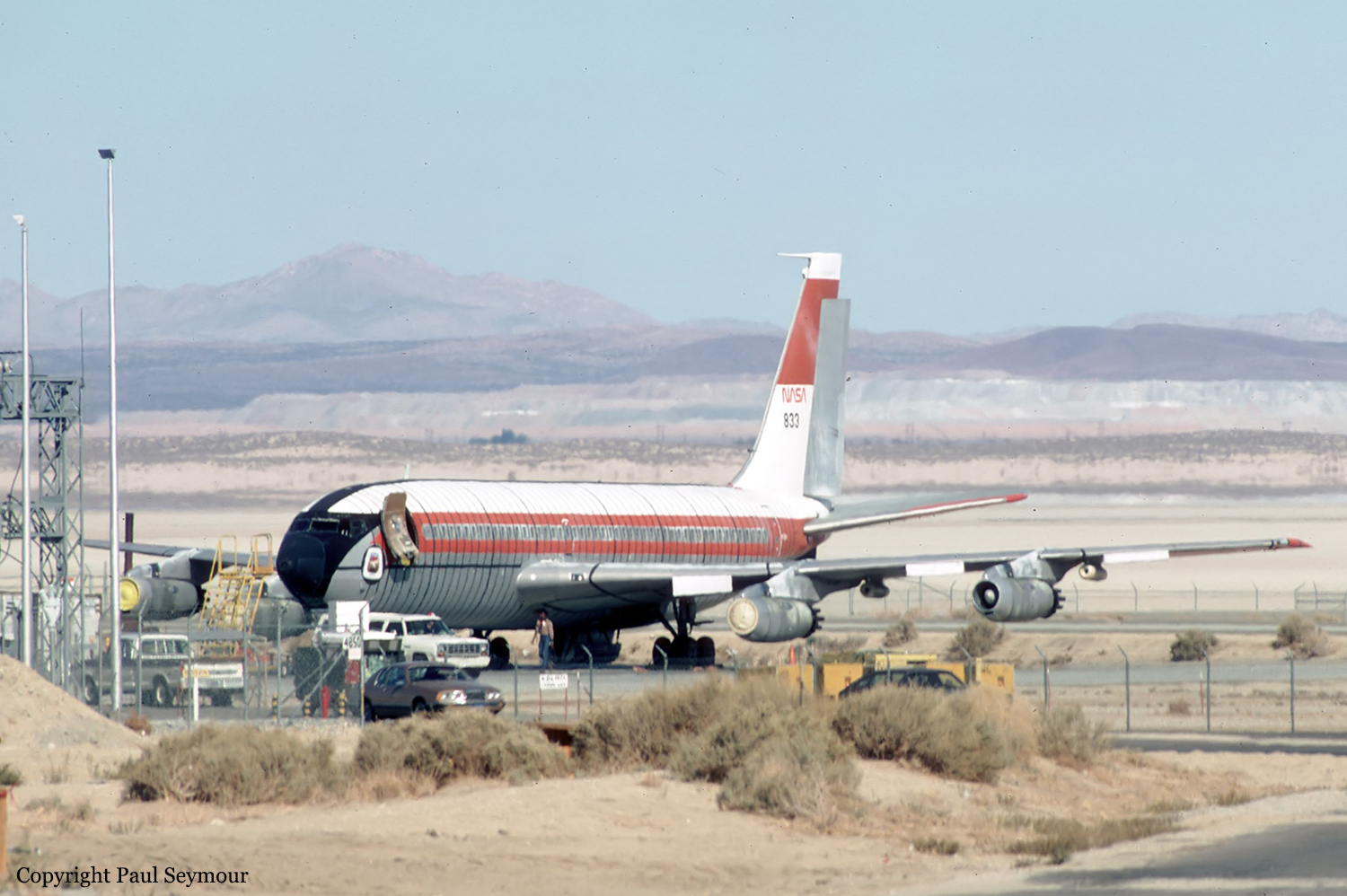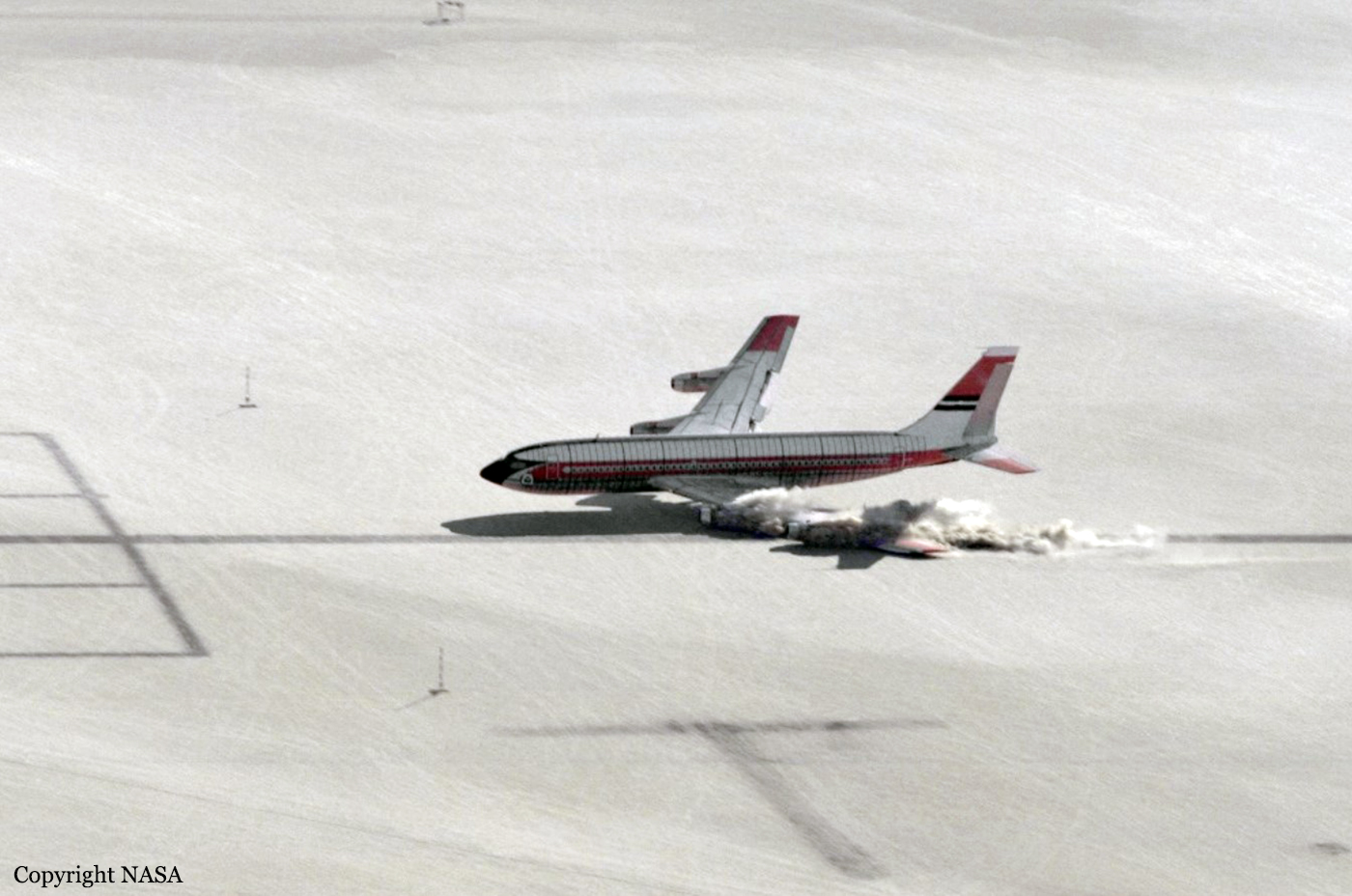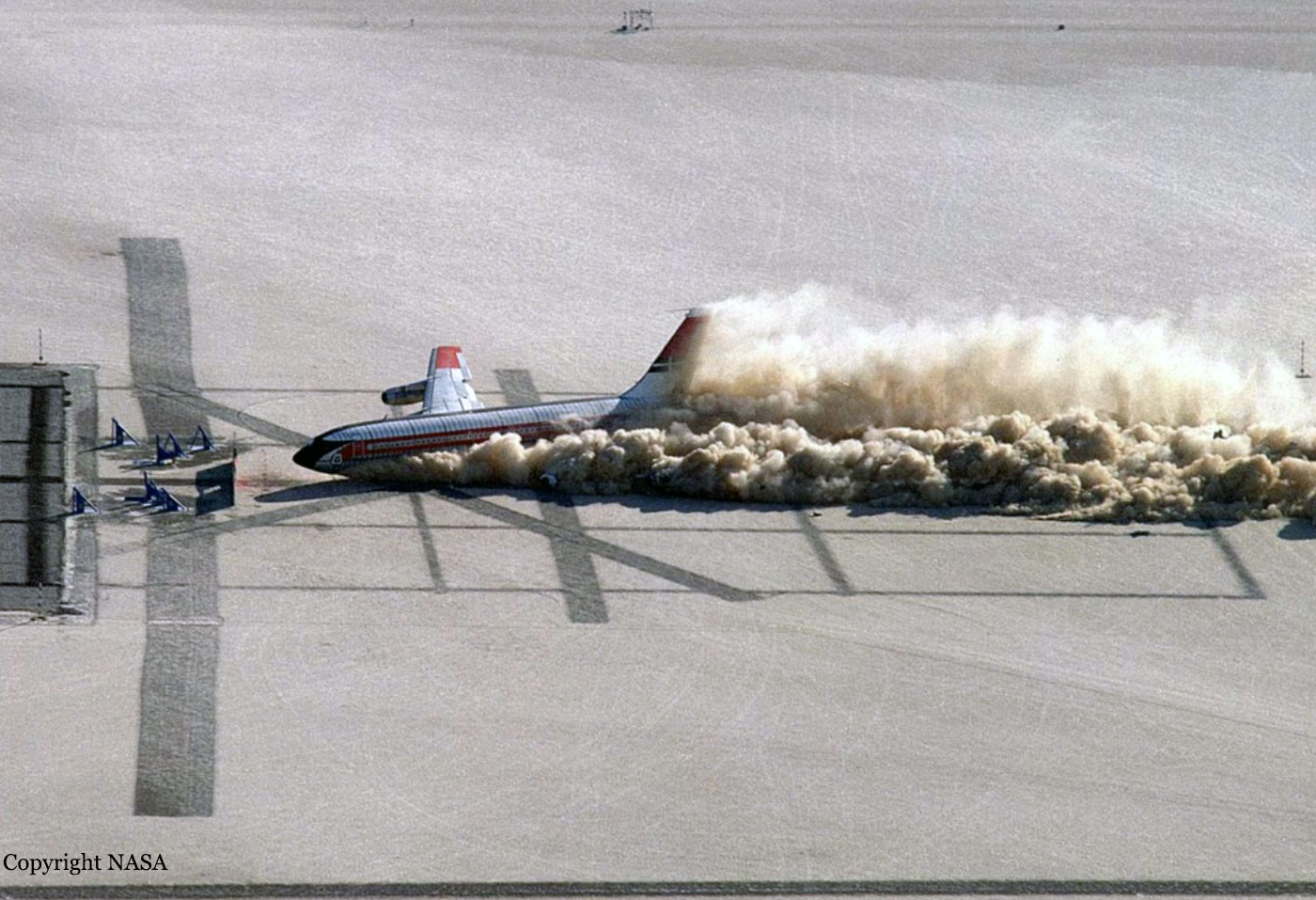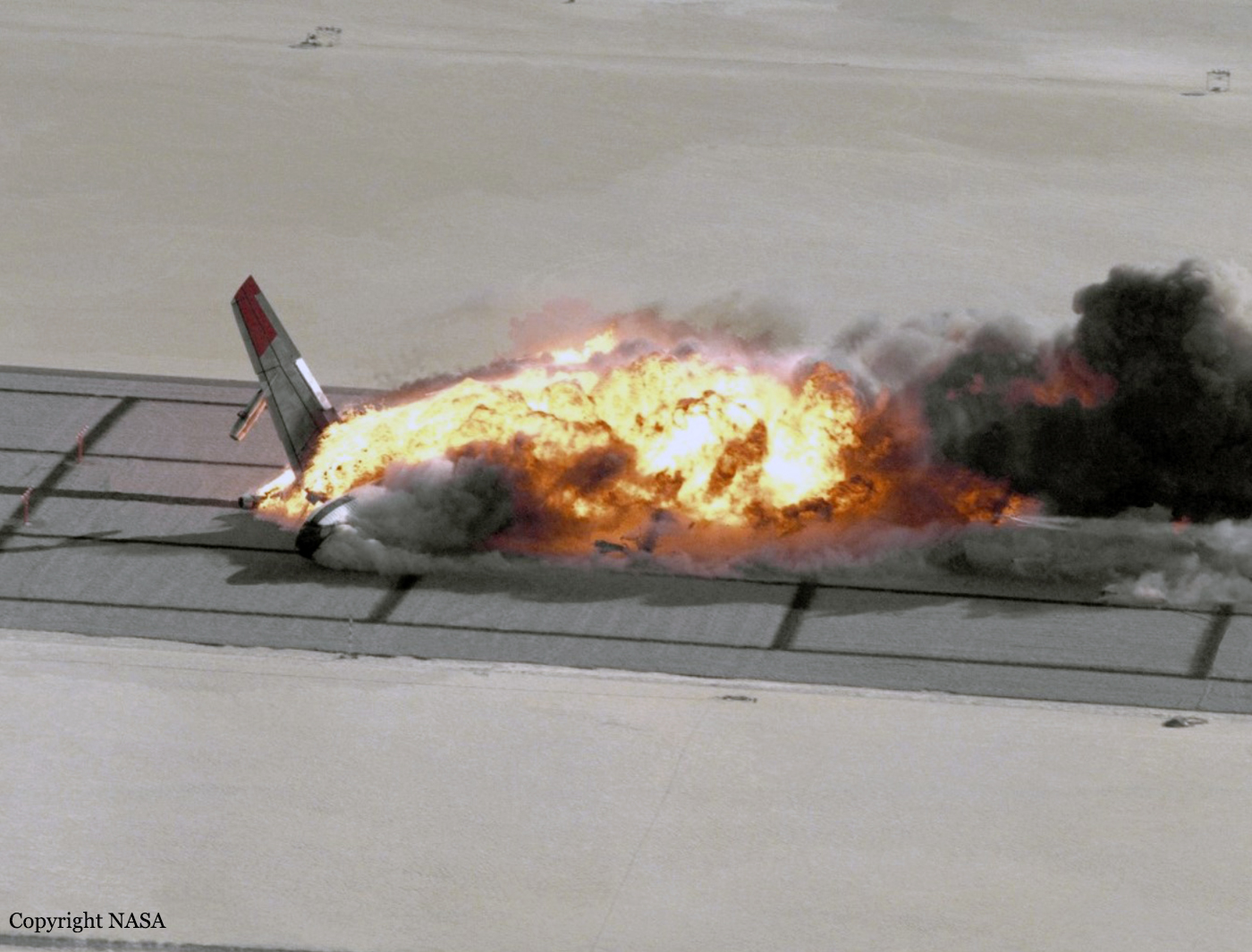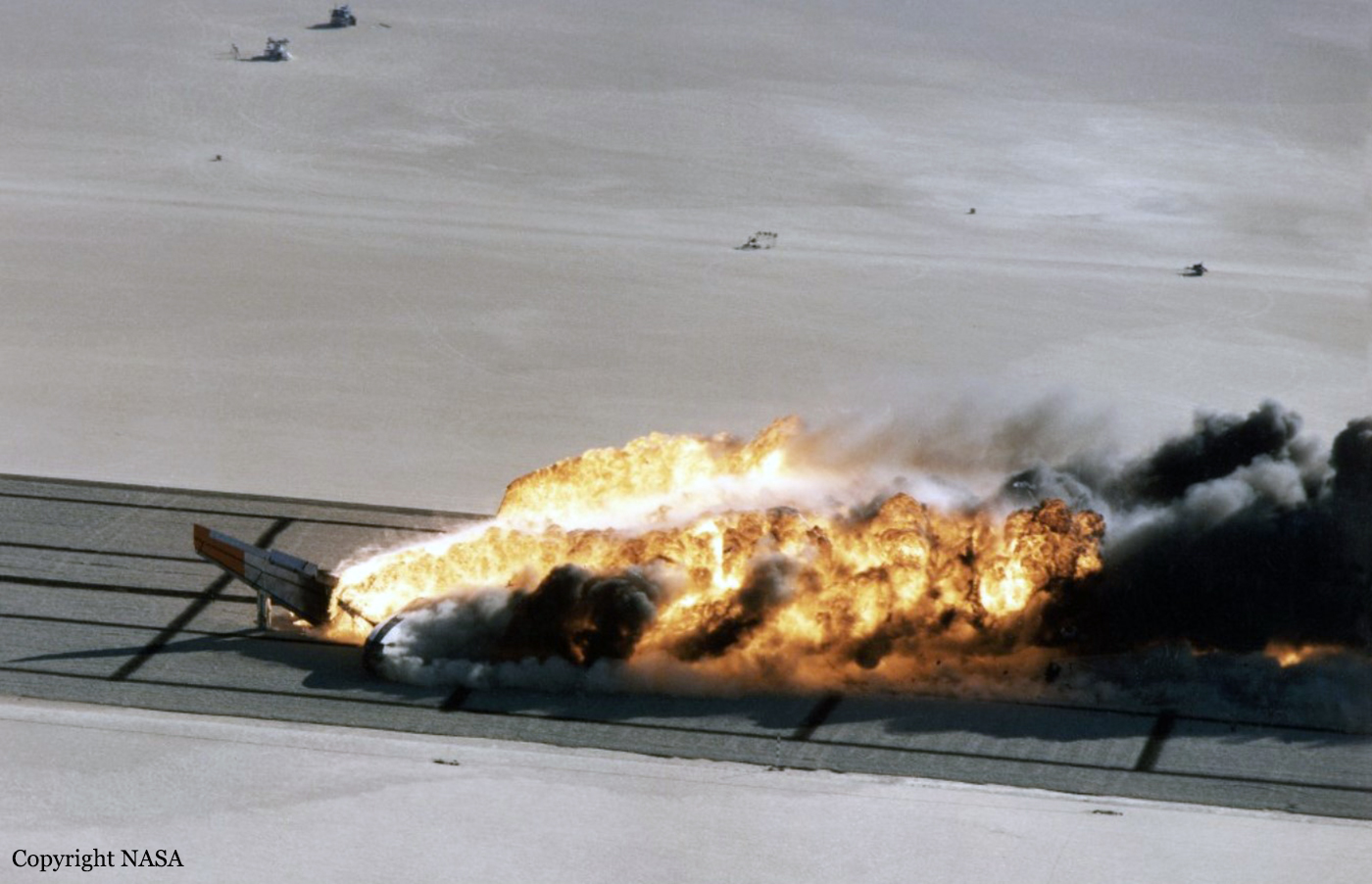Crash of a Convair VC-131H Samaritan at Dothan AFB: 4 killed
Date & Time:
Nov 15, 1985
Registration:
542817
Survivors:
No
Schedule:
Dothan - Dothan
MSN:
221
YOM:
1955
Crew on board:
4
Crew fatalities:
Pax on board:
0
Pax fatalities:
Other fatalities:
Total fatalities:
4
Circumstances:
The crew (two pilots and two engineers) departed Dothan AFB for a local post maintenance test flight. Just after liftoff, the elevators jammed. The aircraft went out of control and crashed. All four occupants were killed.
Probable cause:
Elevators jammed on takeoff for unknown reasons.
